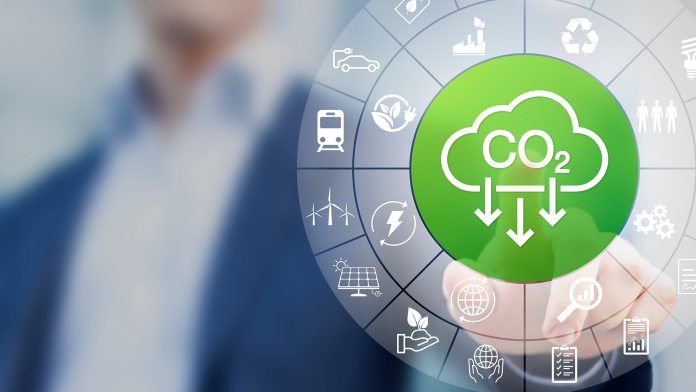Researchers from The Hong Kong Polytechnic University have developed a durable and highly selective carbon dioxide electroreduction system.
The carbon dioxide electroreduction system can convert CO2 into ethylene for industrial purposes to provide an effective solution for reducing CO2 emissions.
As climate change continues to threaten human society, carbon dioxide must be reduced to move towards the goal of carbon neutrality.
The research, published in Nature Energy, won a Gold Medal at the 48th International Exhibition of Inventions Geneva in Switzerland.
Why is green ethylene production important?
Ethylene is one of the most in-demand chemicals globally, mainly used in the manufacture of polymers such as polyethylene. This can be used to make plastics and chemical fibres commonly used in daily life.
However, it is mostly obtained from petrochemical sources, and the production process involves the creation of a significant carbon footprint.
Led by Professor Daniel Lau, Chair Professor of Nanomaterials and Head of the Department of Applied Physics at The Hong Kong Polytechnic University, the researchers adopted the method of electrocatalytic CO2 reduction.
This process uses green electricity to convert carbon dioxide into ethylene, providing an environmentally friendly alternative and stable ethylene production.
The team is working to promote the technology to bring it closer to mass production, closing the carbon loop and achieving carbon neutrality.
A significant increase in lifespan
The team’s new development is to dispense with the alkali-metal electrolyte and use pure water as a metal-free anolyte to prevent carbonate formation and salt deposition.
The design is called the APMA system. A stands for anion-exchange membrane (AEM), P represents the proton-exchange membrane (PEM), and MA indicates the resulting membrane assembly.
When an alkali-metal-free cell stack containing the APMA and copper electrocatalyst was constructed, it produced ethylene with a high specificity of 50%.
The carbon dioxide electroreduction system is also able to operate for over 1,000 hours at an industrial-level current of 10A. This is a significant increase in lifespan over existing systems. This means that the system can be easily expanded to an industrial scale.
Advantages of the carbon dioxide electroreduction system
Tests revealed that the formation of carbonates and salts was suppressed, while there was no loss of CO2 or electrolyte. This is crucial because previous systems that used bipolar membranes suffered from electrolyte loss due to the diffusion of alkali-metal ions from the anolyte.
Hydrogen formation in competition with ethylene was also minimised.
Another feature of the process is the specialised electrocatalyst. Across the chemical industry, copper is used to catalyse a wide range of reactions.
However, the team used a specific catalyst with advantageous features. The millions of nano-scale copper spheres had richly textured surfaces, with steps, stacking faults, and grain boundaries.
These defects, relative to an ideal metal structure, provided a favourable environment for the reaction.
Professor Lau said: “We will work on further improvements to enhance the product selectivity and seek for collaboration opportunities with the industry. It is clear that this APMA cell design underpins a transition to green production of ethylene and other valuable chemicals and can contribute to reducing carbon emissions and achieving the goal of carbon neutrality.”
The project was part of a collaboration with researchers from the University of Oxford, the National Synchrotron Radiation Research Centre of Taiwan, and Jiangsu University.









